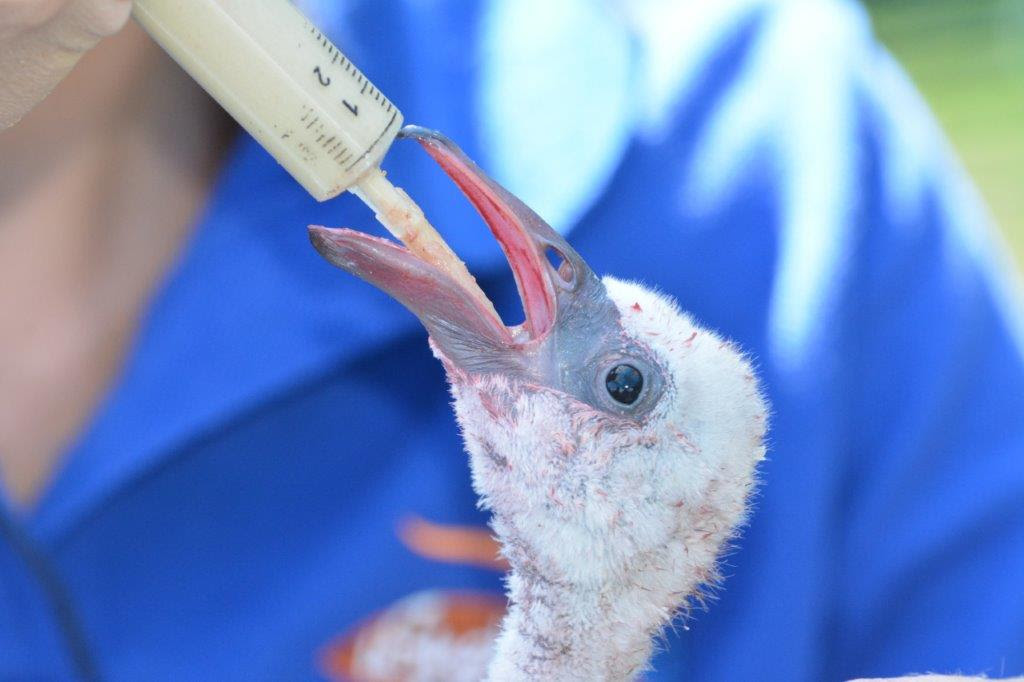FishBazaruto take top tagging honours for 2018
FishBazaruto take top tagging honours for 2018 Fishing aboard Vamizi through the 2018 marlin fishing season, Captain Duarte Rato of FishBazaruto.com has won the distinction of tagging the most marlin for the African Billfish Foundation. Alongside Tarka from Kenya, and, then also got the biggest tagged black marlin for the second straight year! Duarte has … Read more





